Home>Garden Essentials>How Long To See Grass Seed Grow
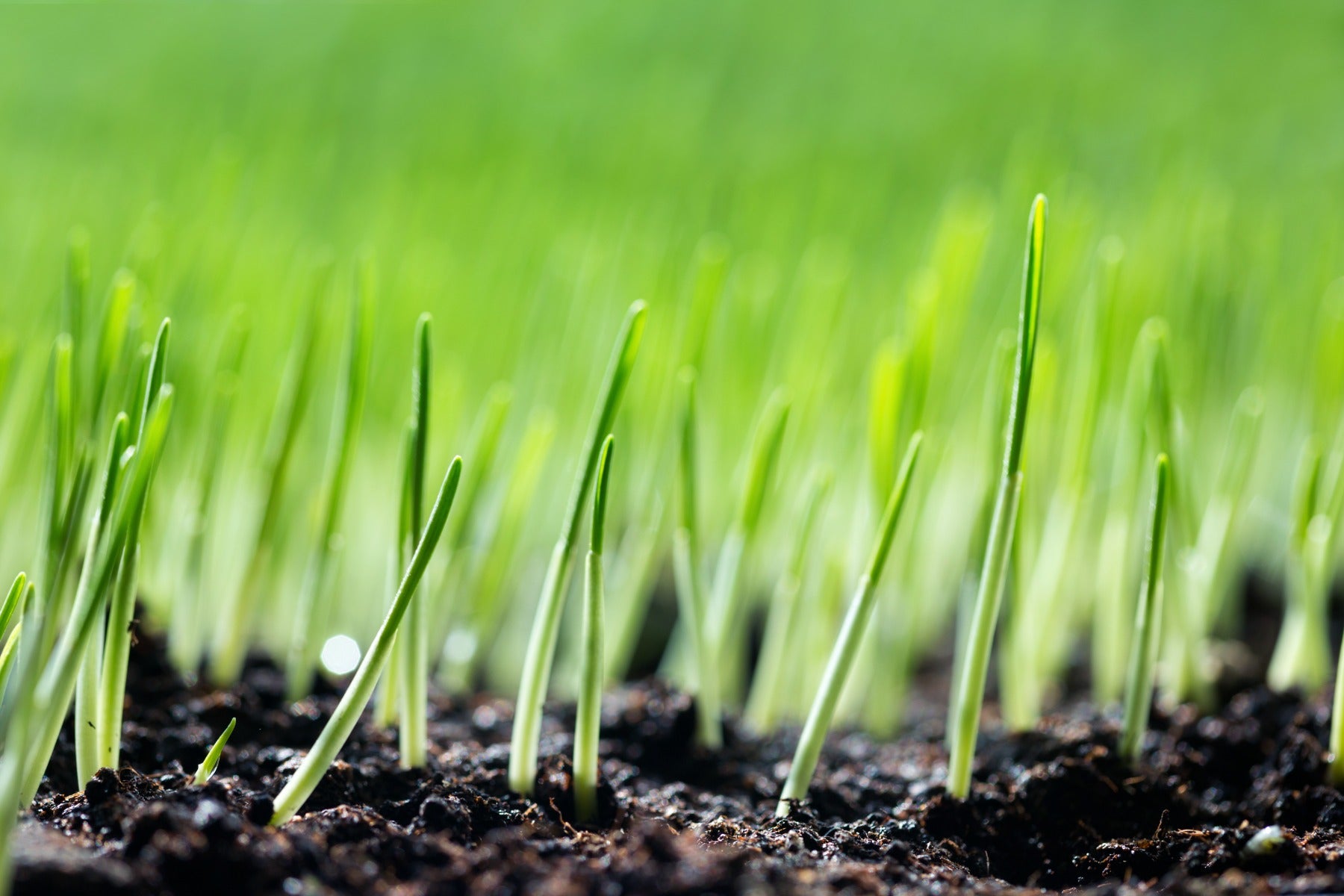

Garden Essentials
How Long To See Grass Seed Grow
Modified: April 2, 2024
"Discover how long it takes for grass seed to grow in your garden. Learn helpful tips and tricks for achieving a lush green lawn."
(Many of the links in this article redirect to a specific reviewed product. Your purchase of these products through affiliate links helps to generate commission for Storables.com, at no extra cost. Learn more)
Introduction
Gardening enthusiasts and homeowners looking to enhance the beauty of their outdoor spaces often turn to grass seed for a lush and vibrant lawn. However, the journey from sowing the seeds to witnessing the green carpet can be an exercise in patience. Many factors come into play when it comes to grass seed growth, including the type of seed, environmental conditions, and proper care. In this article, we will explore how long it typically takes for grass seeds to grow, factors that influence the germination process, and tips to promote healthy seed growth.
Before delving into the details, it’s important to understand that patience is key when it comes to growing grass from seed. Unlike sod or turf, which provides an instant lawn, grass seed requires time and proper nurturing to establish root systems and develop into a lush green expanse. Understanding the various factors that affect grass seed germination and growth will help you manage expectations and achieve the best results.
Key Takeaways:
- Patience is key when growing grass from seed. Factors like seed variety, soil quality, and moisture affect germination. Understanding and addressing these factors can lead to a successful and vibrant lawn.
- Providing ideal conditions, such as proper soil preparation, consistent moisture, and adequate light, promotes healthy grass seed growth. Avoid common mistakes like overwatering and neglecting weed control for successful germination.
Read more: How Long To Grow Ez Seed
Factors Affecting Grass Seed Growth
Several factors can affect the growth and germination of grass seeds. Understanding these factors will help you create the ideal conditions for seed growth and maximize your chances of success.
- Seed Variety: Different grass seed varieties have varying growth rates and requirements. Some varieties, such as Kentucky bluegrass, take longer to germinate and establish compared to others like perennial ryegrass. It’s essential to choose a grass seed variety that is suited to your climate and intended use.
- Soil Quality: The quality of the soil plays a crucial role in grass seed growth. Soil that is rich in organic matter, well-draining, and properly prepared will provide a favorable environment for seed germination and root development.
- Moisture: Adequate moisture is vital for seed germination. While seeds need moisture to sprout, overwatering can lead to rotting. It’s important to strike a balance and keep the soil consistently moist during the germination phase.
- Temperature: Grass seeds have specific temperature requirements for optimal growth. Most cool-season grasses thrive in temperatures between 60°F and 75°F (15°C to 24°C), while warm-season grasses prefer temperatures between 80°F and 95°F (27°C and 35°C).
- Light: Light is not a critical factor during the germination process, but it becomes important once the grass seedlings emerge. Most grasses require full sun or partial shade to thrive, although specific varieties may have different light requirements.
- Weeds: Weed competition can hinder grass seed growth. It’s crucial to remove any existing weeds and take measures to prevent weed growth during the germination and early growth stages of the grass seedlings.
- Pests and Disease: Insect pests and fungal diseases can damage or kill grass seedlings. Prevention and control measures should be implemented to protect the growing grass seed from potential threats.
By addressing these factors and providing the optimal conditions for grass seed growth, you can set the stage for successful germination and establishment of a healthy lawn.
Germination Process
The germination process is the crucial phase when the grass seed begins to sprout and develop into a young seedling. Understanding the steps involved in germination will help you monitor the progress and provide proper care.
The process begins when the seed comes into contact with moisture, triggering the activation of enzymes within the seed. These enzymes break down complex starches and proteins into simpler forms that the seed can use as nutrients.
Next, the seed absorbs water and swells, causing the seed coat to split. As the seed coat cracks, a small embryonic root, known as the radicle, emerges and begins to grow downward into the soil. Simultaneously, a shoot called the coleoptile pushes upward toward the surface.
Once the radicle has established itself in the soil, it starts absorbing water and nutrients, allowing the shoot to continue growing. The coleoptile pushes through the soil, carrying the cotyledons, which are the embryonic leaves of the grass seedling.
As the cotyledons emerge, the first true leaves of the grass seedling begin to develop. These leaves are different from the cotyledons and resemble the mature leaves of the specific grass variety.
Throughout the germination process, the grass seedling depends on moisture, warmth, and nutrients from the soil. It’s important to maintain consistent moisture levels during this phase to ensure successful germination and seedling growth.
It’s worth noting that the time required for germination varies depending on the grass seed variety, environmental conditions, and other factors mentioned earlier. Cool-season grasses typically germinate within 7 to 21 days, while warm-season grasses may take slightly longer.
By understanding the germination process and providing the necessary care, you can actively contribute to the successful growth and development of your grass seeds.
Ideal Conditions for Grass Seed Growth
To ensure optimal growth and development of grass seeds, it’s essential to provide them with the ideal conditions. Here are the key factors to consider:
- Soil Preparation: Prepare the soil by removing any debris, rocks, or weeds. Loosen the soil to a depth of about 6 inches (15 cm) to promote good root penetration. Adding organic matter, such as compost, can improve soil structure and fertility.
- Moisture: Keep the soil consistently moist during the germination and initial growth phase. Watering lightly and frequently is recommended to avoid oversaturation and facilitate the absorption of water by the seeds.
- Temperature: Most grass seed varieties prefer moderate temperatures for optimal growth. Keep the soil temperature between 60°F and 75°F (15°C and 24°C) during germination. Using a soil thermometer can help you monitor the temperature accurately.
- Light: While grass seeds don’t require light for germination, they need sunlight to develop and thrive once they emerge. Ensure that the growing area receives adequate sunlight or provide partial shade if necessary, based on the specific requirements of your grass variety.
- Fertilization: Applying a starter fertilizer before or after seeding can provide essential nutrients for seed germination and early growth. Choose a fertilizer specifically formulated for new grass seedlings and follow the manufacturer’s instructions for application rates.
- Air Circulation: Adequate air circulation is necessary for healthy grass seed growth. Avoid over-crowding the seeds and ensure proper spacing to allow for proper airflow and room for the developing seedlings to grow.
By creating these ideal conditions, you can promote strong root development, healthy growth, and overall success in growing your grass seeds.
Keep in mind that different grass varieties may have specific requirements, so it’s essential to research and choose the most suitable grass seed for your climate and intended use.
Grass seed typically takes 7-30 days to germinate and start growing. Factors like temperature, moisture, and seed type can affect the growth time. Keep the soil consistently moist and be patient while waiting for the grass to grow.
Timelines for Grass Seed Germination
The time it takes for grass seed to germinate and establish can vary depending on several factors, including the grass seed variety, environmental conditions, and proper care. Here are some general timelines to give you an idea of what to expect during the germination process:
Cool-season grasses: Cool-season grasses, such as Kentucky bluegrass, perennial ryegrass, and fine fescue, typically germinate within 7 to 21 days. However, it’s important to note that some varieties may take longer, especially under suboptimal conditions. Patience is key when it comes to cool-season grass seed germination.
Warm-season grasses: Warm-season grasses, including Bermuda grass, Zoysia grass, and centipede grass, generally have a longer germination period compared to cool-season grasses. It can take anywhere from 14 to 30 days for warm-season grass seeds to germinate and start establishing their root systems.
It’s important to remember that these timelines are general guidelines, and actual germination times may vary based on factors such as soil temperature, moisture levels, and specific grass seed variety. Additionally, the initial establishment of seedlings may take several more weeks before the grass lawn appears fully established and thick.
During the germination period, it’s crucial to maintain consistent moisture levels in the soil without causing waterlogging. Light and frequent watering, preferably two to three times a day in short intervals, can help provide the necessary moisture for seed germination without saturating the soil. Once the grass seedlings have emerged and established, you can adjust your watering routine accordingly.
It’s also important to note that germination can be affected by adverse weather conditions or inconsistent care. Extreme heat, drought, heavy rainfall, or improper watering can delay or hinder the germination process. Providing the ideal conditions for germination, as discussed earlier, will increase the likelihood of a successful and timely germination.
Remember that patience is key when it comes to growing grass from seed. Monitor the progress, provide proper care, and adjust any maintenance routines to ensure the best chances of success.
Read more: How Long Grass Seed Grow
Tips for Promoting Grass Seed Growth
To maximize the growth and success of your grass seeds, consider the following tips:
- Choose the right grass seed: Select a grass seed variety that is well-suited to your climate, soil type, and intended use. Consider factors such as shade tolerance, drought resistance, and traffic tolerance to ensure the best results.
- Prepare the soil properly: Make sure the soil is free of debris, weeds, and rocks. Loosen the soil to a depth of about 6 inches (15 cm) and add organic matter, such as compost, to improve soil structure and fertility.
- Sow the seeds at the optimal time: Timing is crucial for successful seed germination. Sow cool-season grass seeds in early fall or early spring when soil temperatures are ideal for germination. Warm-season grass seeds should be sown in late spring or early summer when the soil has warmed up.
- Keep the soil consistently moist: During the germination period, it’s important to keep the soil consistently moist without overwatering. Light and frequent watering multiple times a day can help provide the necessary moisture for seed germination.
- Mow carefully: Once the grass seedlings have reached a height of about 3 to 4 inches (7 to 10 cm), you can carefully mow them. Set the mower at a high setting and only remove the top 1/3 of the grass height to avoid stressing the young seedlings.
- Avoid foot traffic: Minimize foot traffic on newly seeded areas to avoid damaging the delicate seedlings. Stay off the area until the grass has fully established and is able to handle regular use.
- Apply fertilizer: After the grass seedlings have developed their first true leaves, apply a slow-release, low-nitrogen fertilizer to promote healthy growth. Follow the manufacturer’s instructions for the appropriate application rate.
- Monitor for pests and diseases: Regularly inspect the grass seedlings for signs of pests or diseases. Promptly address any issues with appropriate treatments to prevent damage to the growing grass.
- Avoid weed competition: Keep the newly seeded area free of weeds that can compete for nutrients and water. Hand-pull any weeds that appear and consider applying a pre-emergent weed control product before seeding to prevent weed growth.
By following these tips, you can create a favorable environment for grass seed growth and help your lawn thrive.
Common Mistakes to Avoid
When it comes to growing grass from seed, there are certain common mistakes that can hinder the germination and growth process. By being aware of these mistakes, you can avoid them and increase your chances of success. Here are some common mistakes to avoid:
- Improper soil preparation: Failing to properly prepare the soil before seeding can lead to poor seed-to-soil contact, hindering germination. Take the time to remove debris, rocks, and weeds, and ensure the soil is loose and fertile.
- Overwatering or underwatering: Both overwatering and underwatering can be detrimental to grass seed growth. Overwatering can lead to rotting or fungal disease, while underwatering can prevent proper germination. Find the right balance and keep the soil consistently moist, but not waterlogged.
- Sowing the seeds too deep: Planting grass seeds too deep in the soil can prevent proper emergence. Follow the recommended planting depth for the specific grass seed variety you are using.
- Not providing enough light: Grass seedlings require adequate sunlight to develop and thrive. Ensure that the growing area receives sufficient light or provide partial shade if needed based on the grass variety’s requirements.
- Applying too much or too little fertilizer: Fertilizer is important for seedling growth, but applying too much can burn the tender seedlings, while applying too little may lead to nutrient deficiencies. Follow the recommended application rates specific to new grass seedlings.
- Ignoring weed control: Weeds can quickly take over a newly seeded lawn and compete with the grass seedlings for nutrients and water. Implement a weed control strategy before and after seeding to minimize weed growth and give your grass seeds the best chance of success.
- Not controlling pests and diseases: Insects and fungal diseases can damage or kill grass seedlings. Regularly inspect the growing area for signs of pests or diseases and take appropriate action to prevent damage.
- Walking or placing heavy objects on the newly seeded area: Foot traffic or placing heavy objects on the newly seeded area can damage the delicate seedlings and disrupt their growth. Avoid walking on the area until the grass has fully established.
By avoiding these common mistakes and taking proper care of your grass seeds, you can improve the chances of successful germination and establish a healthy and beautiful lawn.
Conclusion
Growing grass from seed is a rewarding yet patient endeavor. By understanding the factors that affect grass seed growth, knowing the germination process, creating ideal conditions, and following essential tips, you can increase your chances of success and achieve a vibrant and healthy lawn. Remember to choose the right grass seed varieties for your climate, prepare the soil properly, provide adequate moisture and light, and take proactive measures to prevent weed and pest competition.
While the germination timeline can vary depending on various factors, proper care, and adhering to the best practices, you can expect cool-season grasses to germinate within 7 to 21 days, and warm-season grasses within 14 to 30 days. Maintain consistent moisture levels during the germination phase, adjust watering as needed for the growing seedlings, and be diligent in your lawn care routine.
Avoid common mistakes such as improper soil preparation, overwatering or underwatering, neglecting weed and pest control, and damaging the seedlings with foot traffic. By being aware of these mistakes, you can ensure a successful growth process for your grass seeds.
Remember, cultivating a lush and healthy lawn from grass seed requires patience, perseverance, and regular maintenance. With the right knowledge, proper care, and attention to detail, you can create a beautiful and inviting outdoor space that enhances the beauty of your home and brings enjoyment to your family and friends for years to come.
Frequently Asked Questions about How Long To See Grass Seed Grow
Was this page helpful?
At Storables.com, we guarantee accurate and reliable information. Our content, validated by Expert Board Contributors, is crafted following stringent Editorial Policies. We're committed to providing you with well-researched, expert-backed insights for all your informational needs.
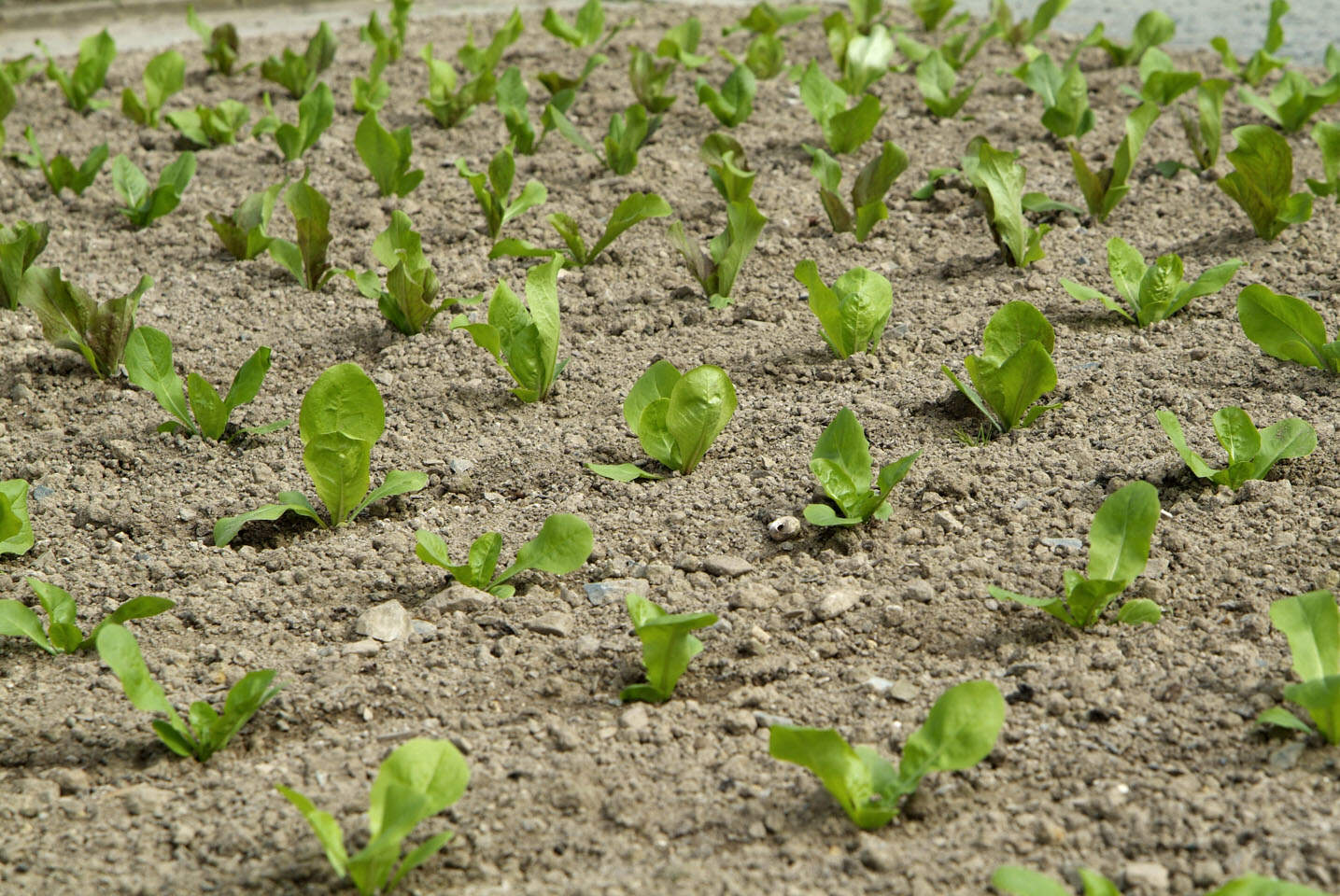
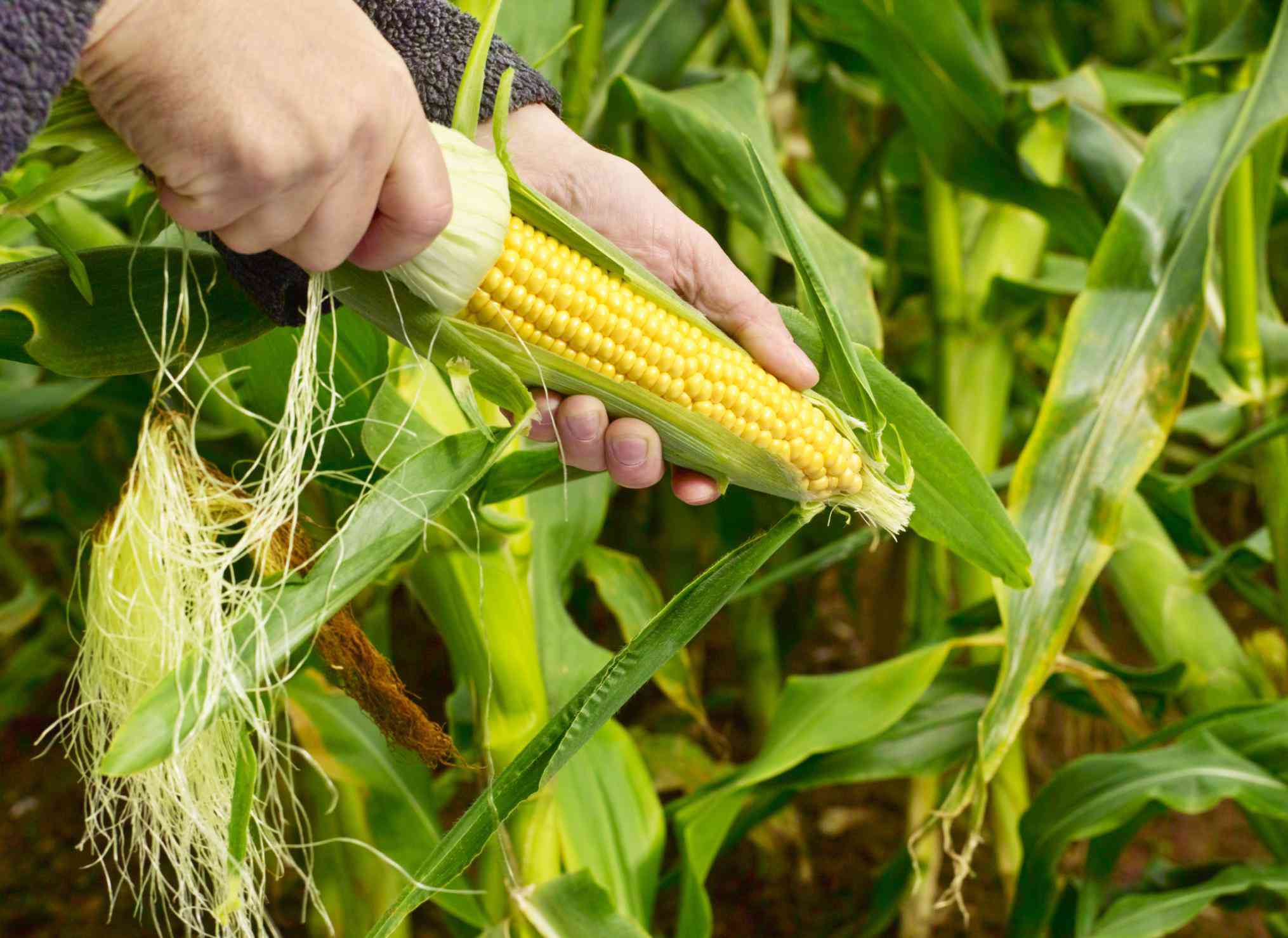
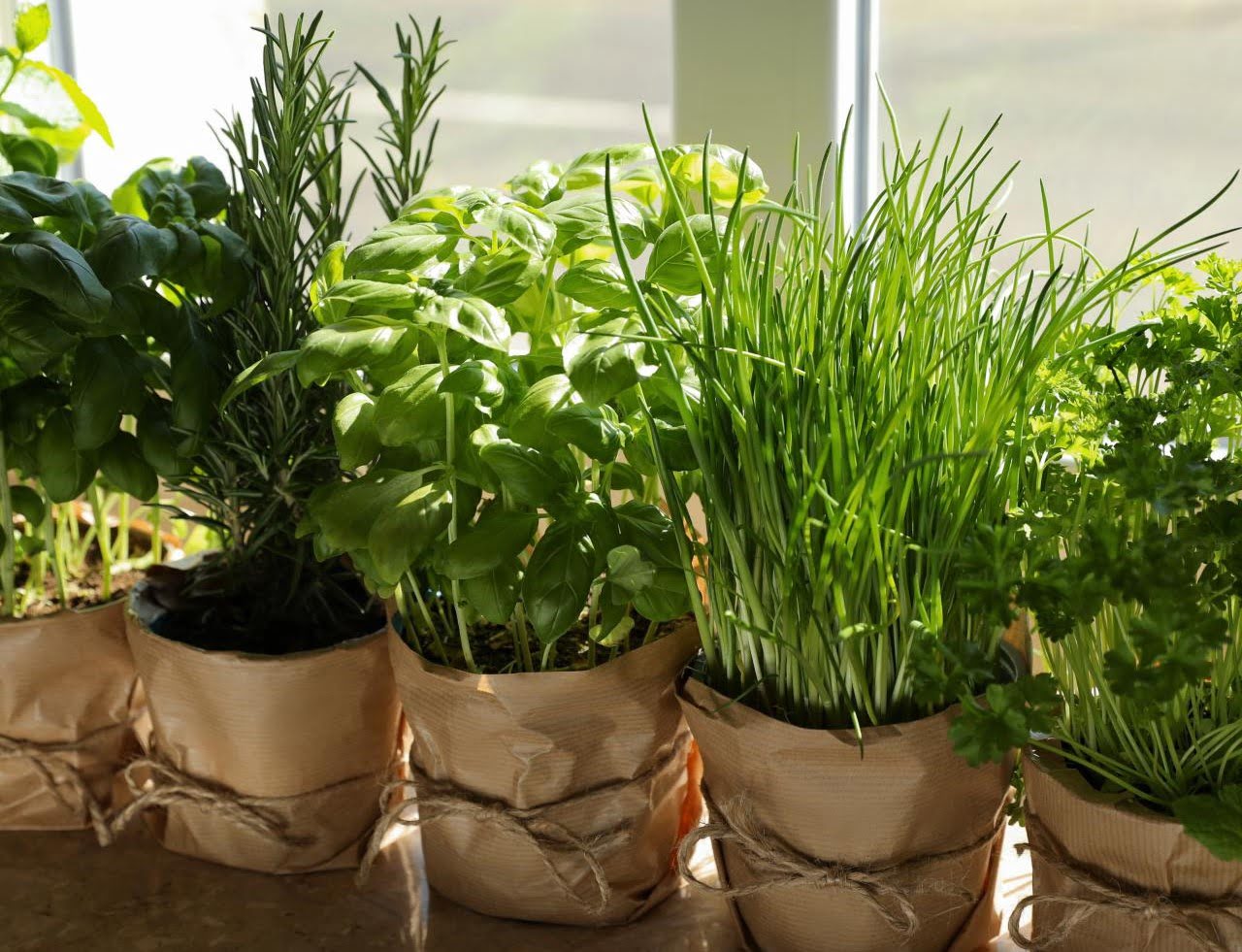
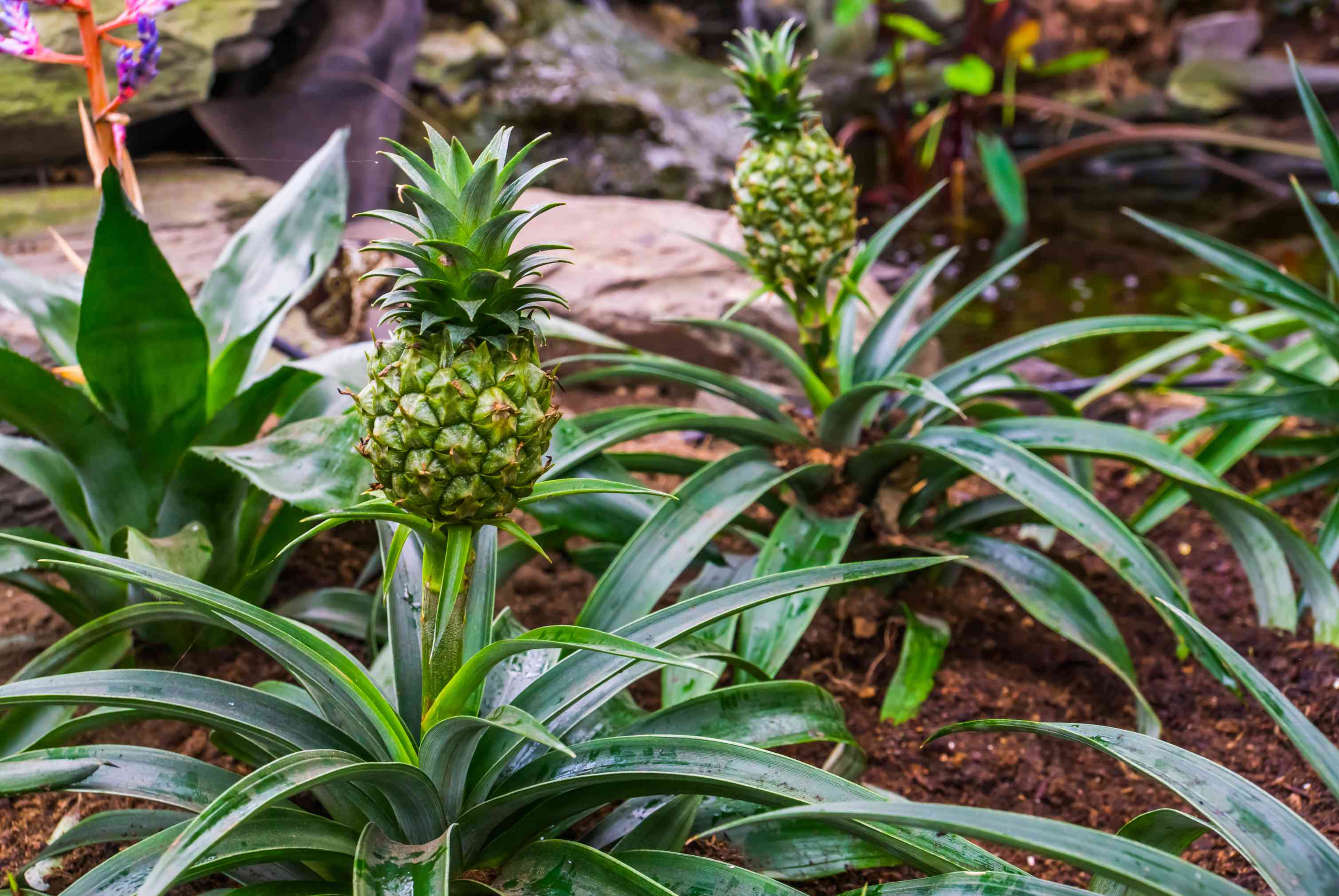
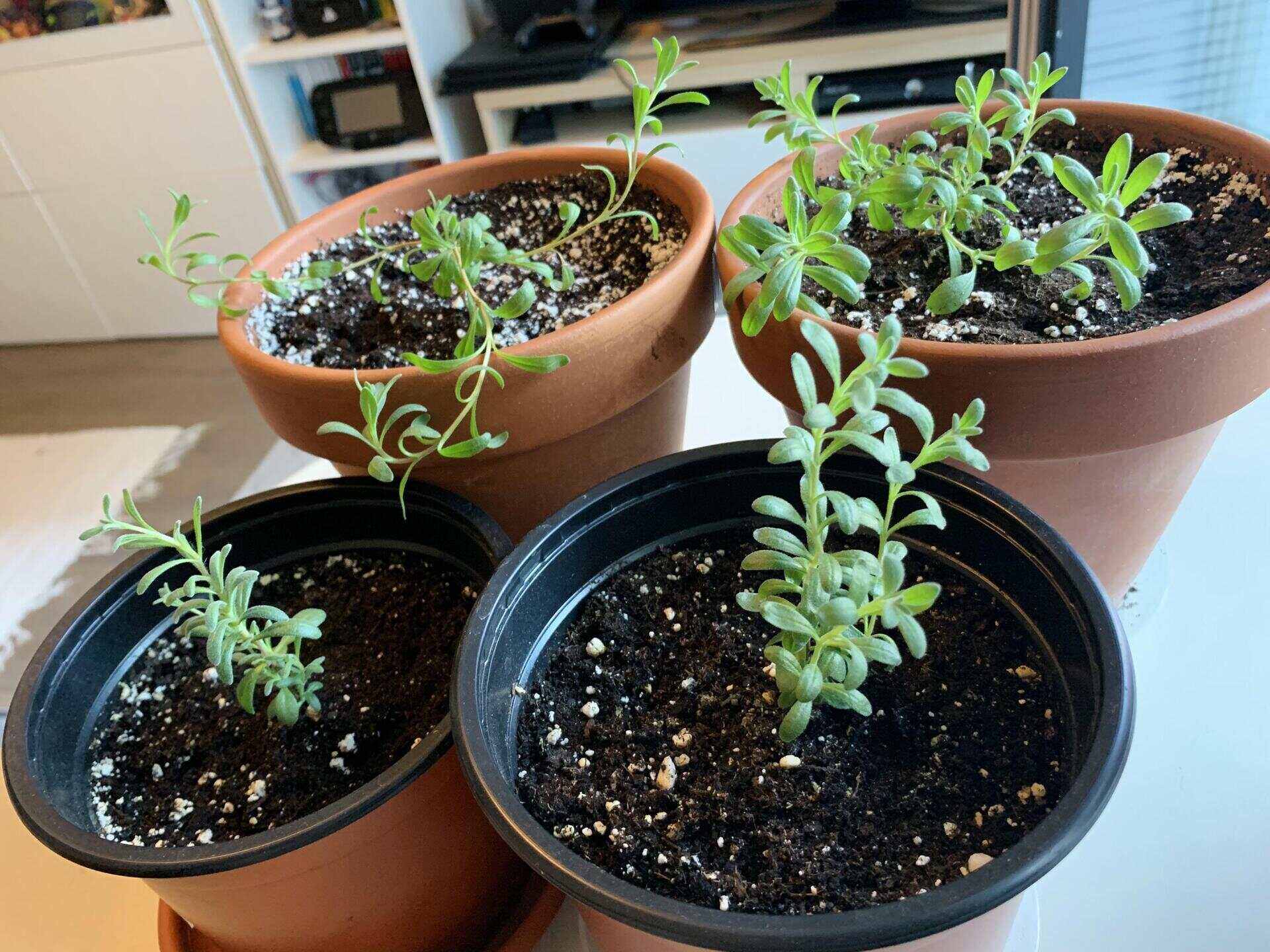
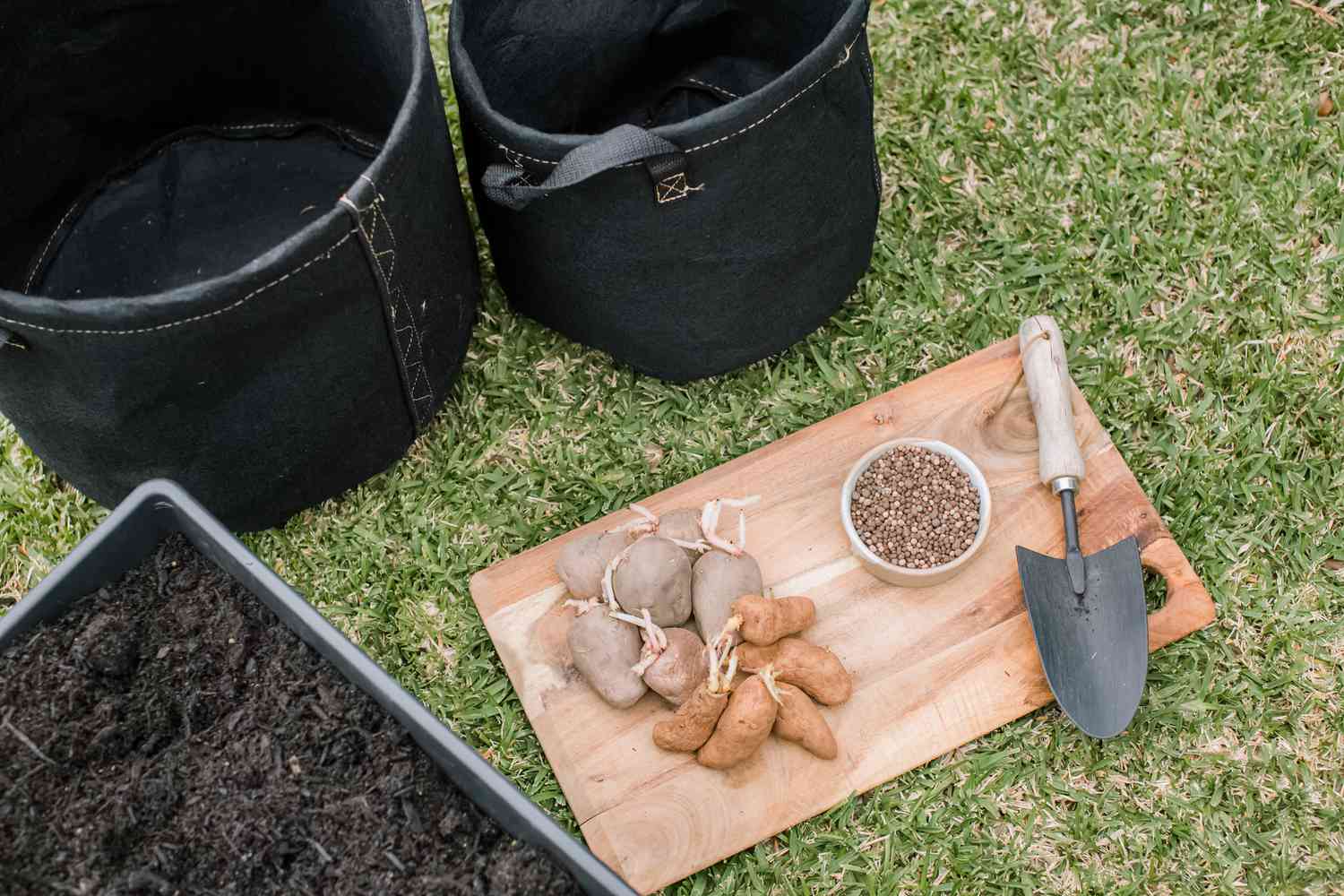


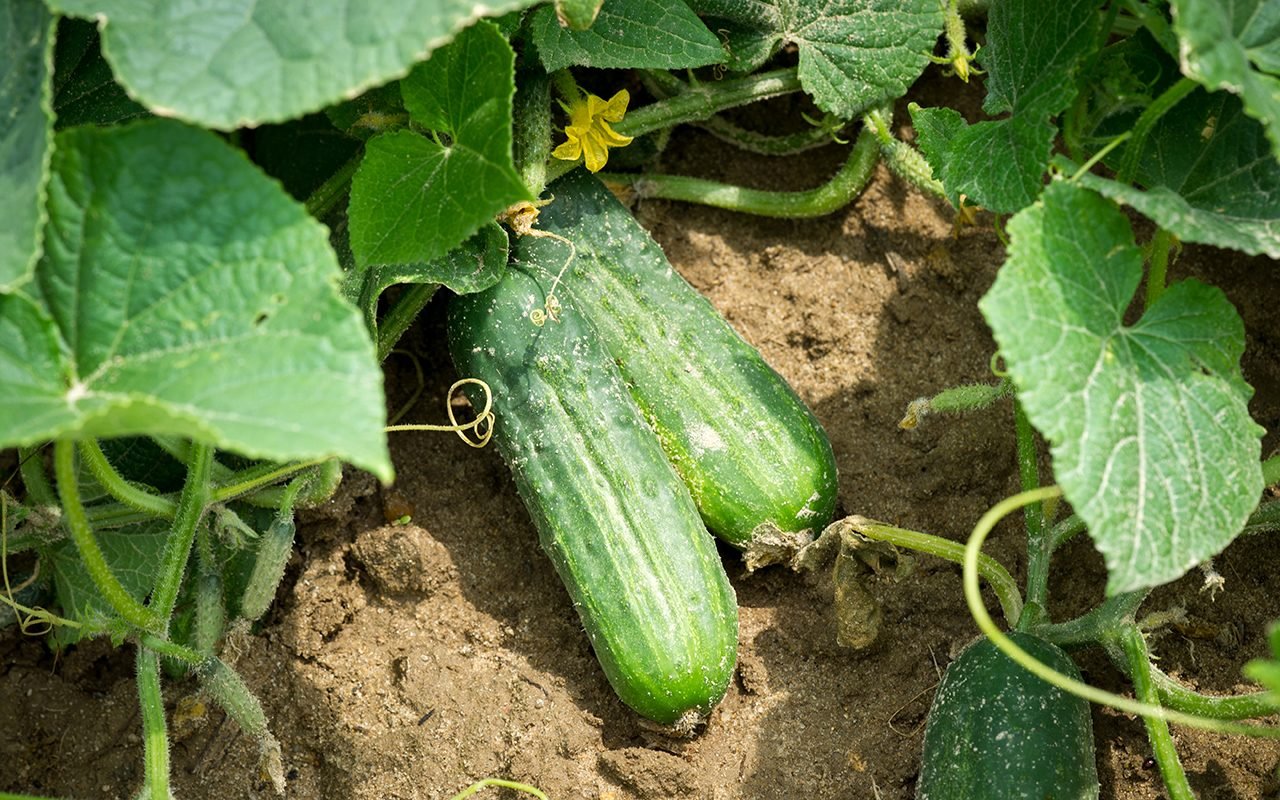
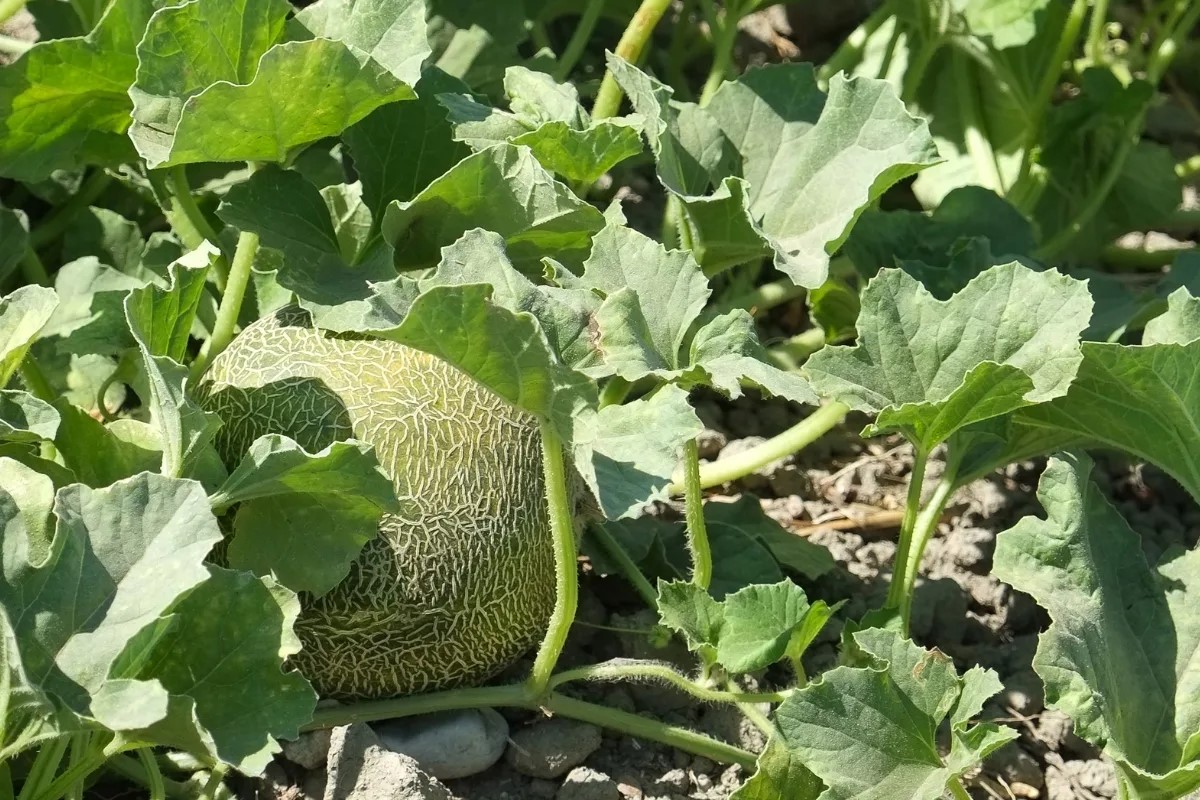
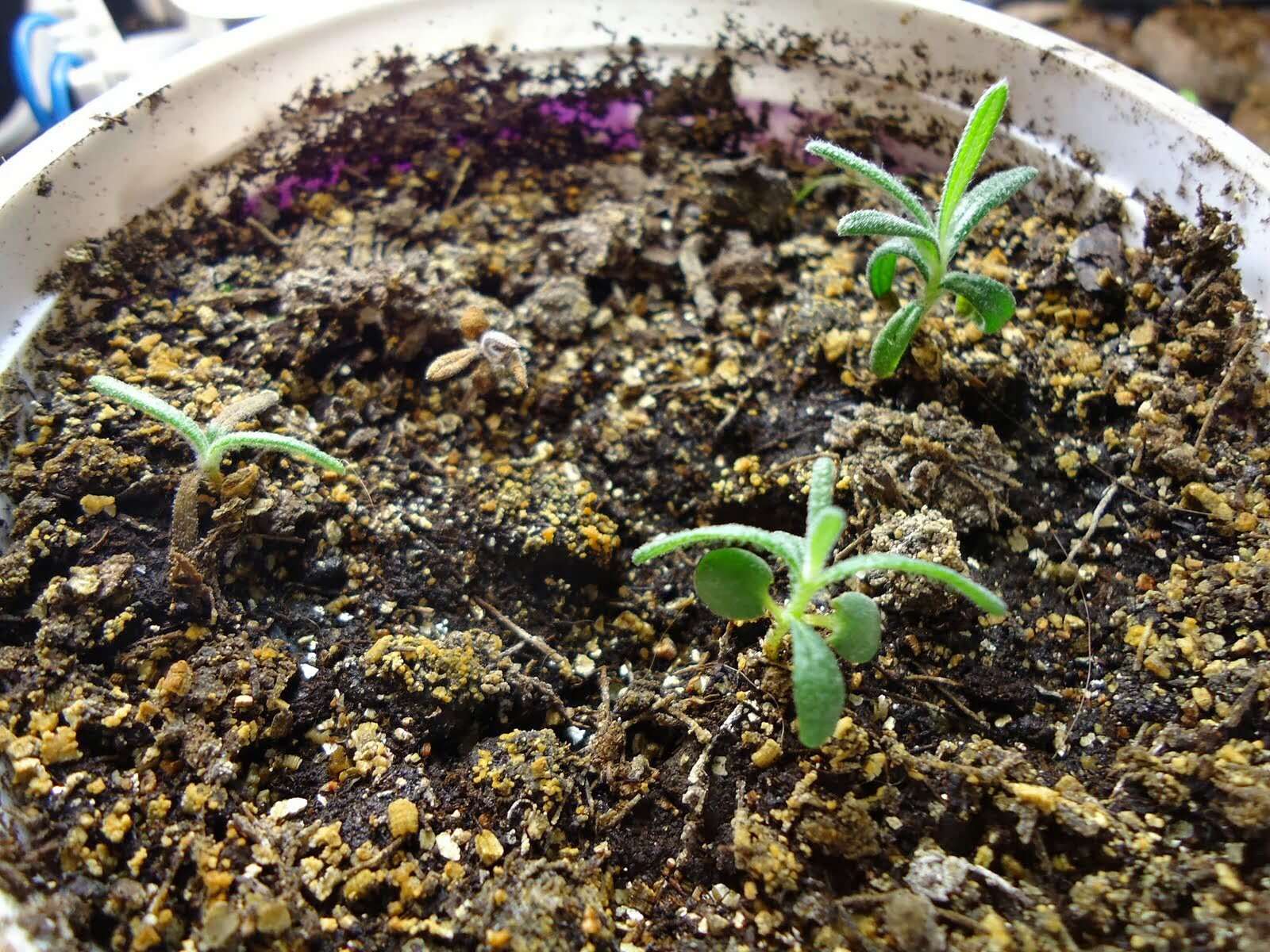
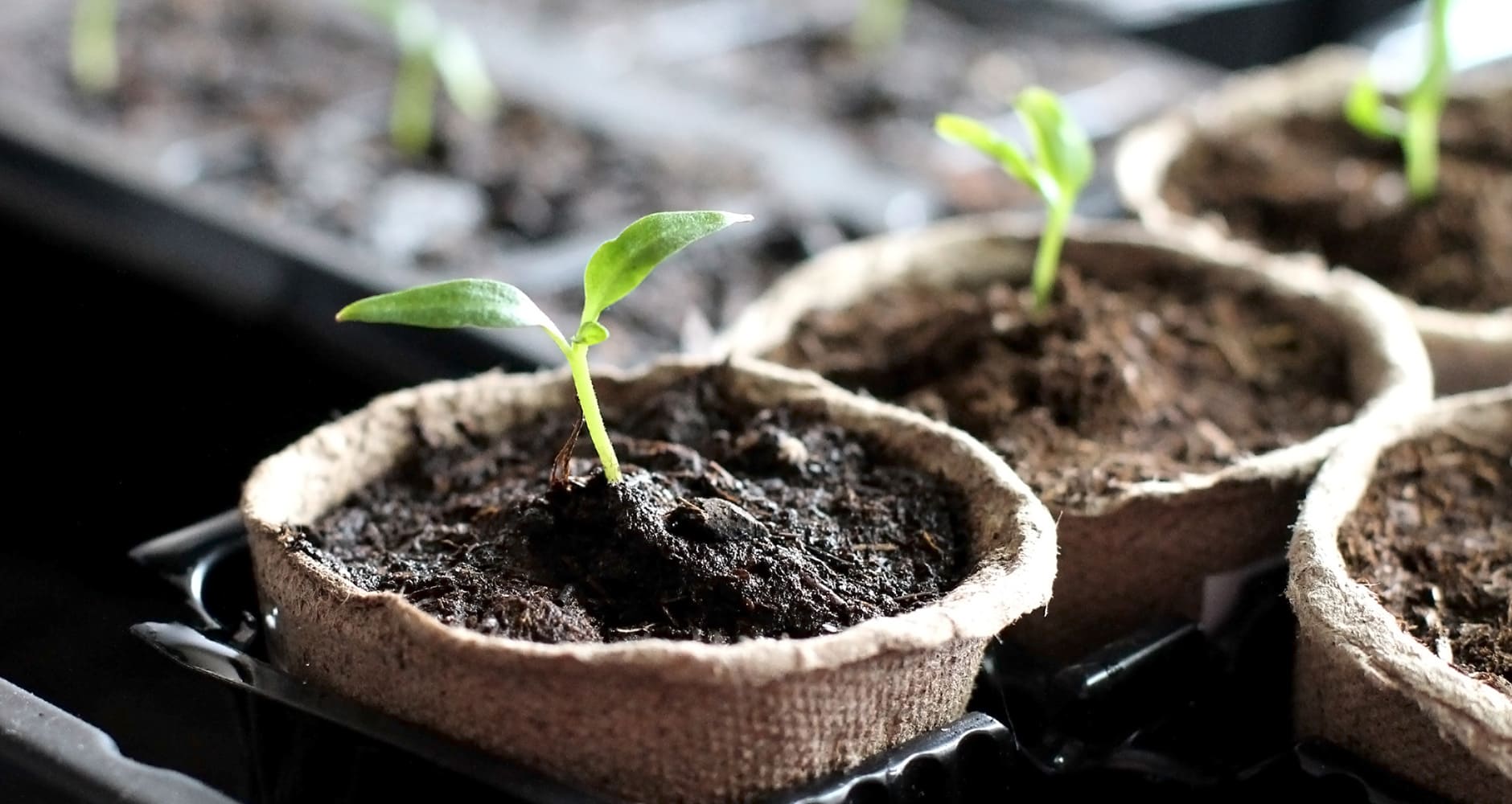
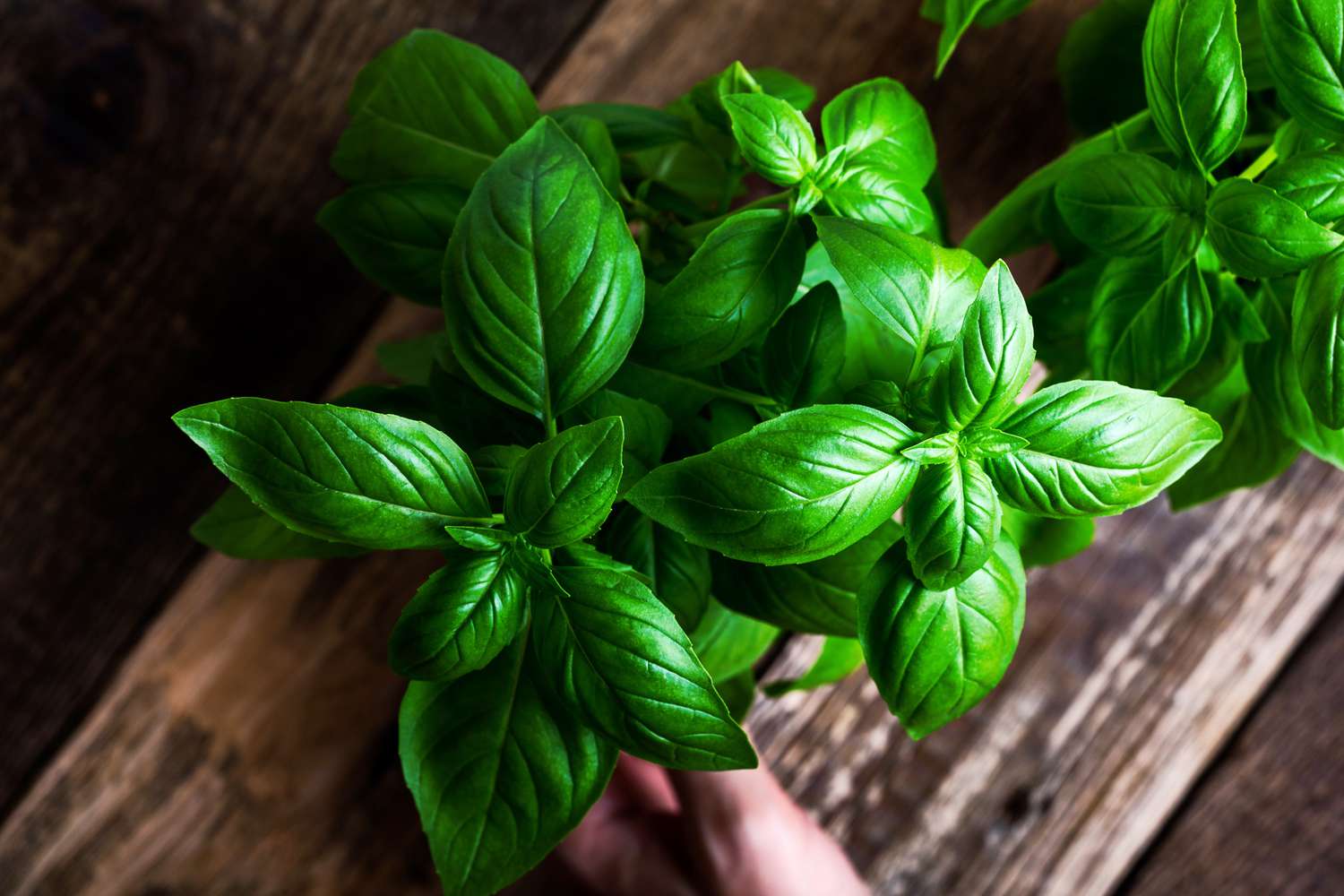
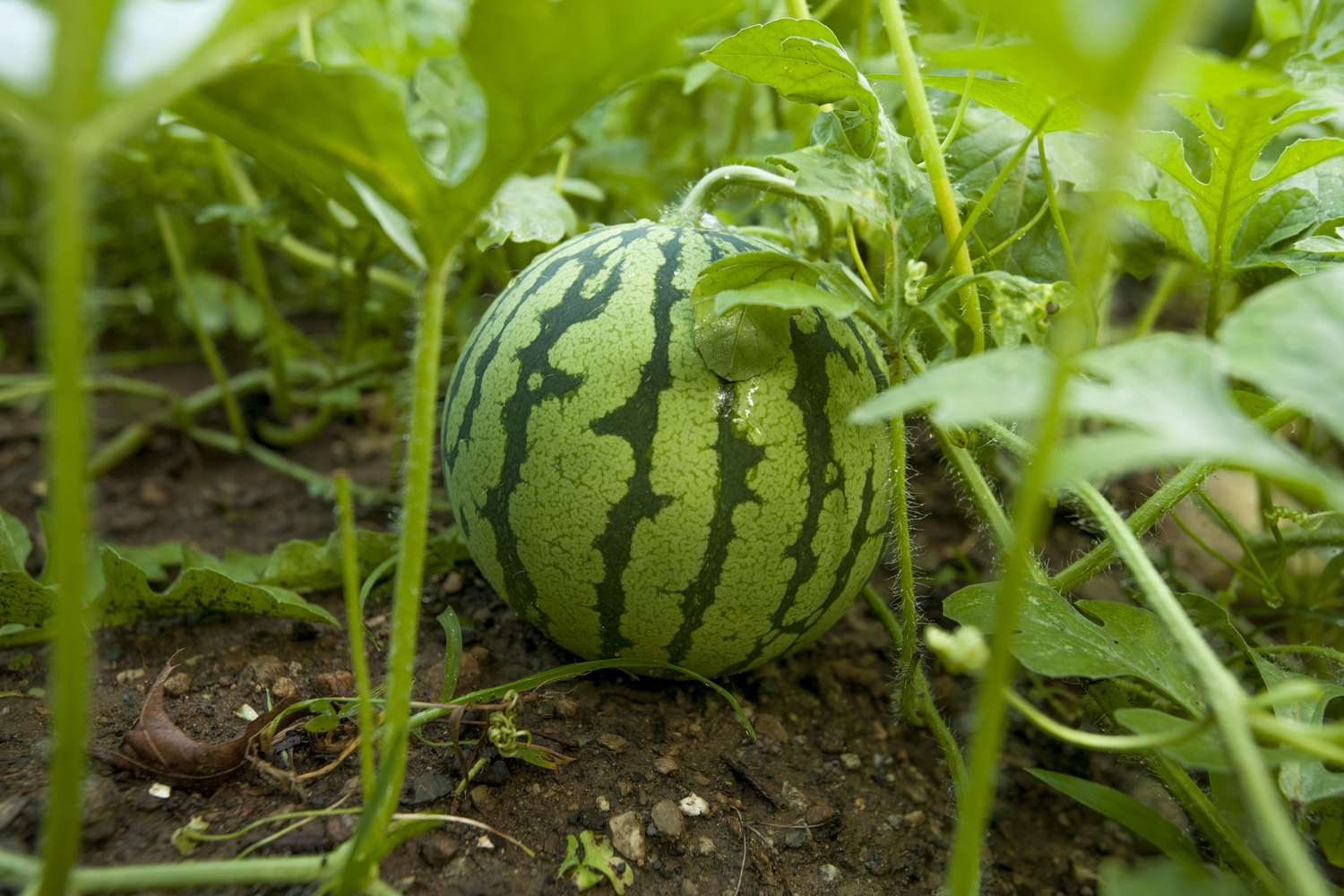

0 thoughts on “How Long To See Grass Seed Grow”